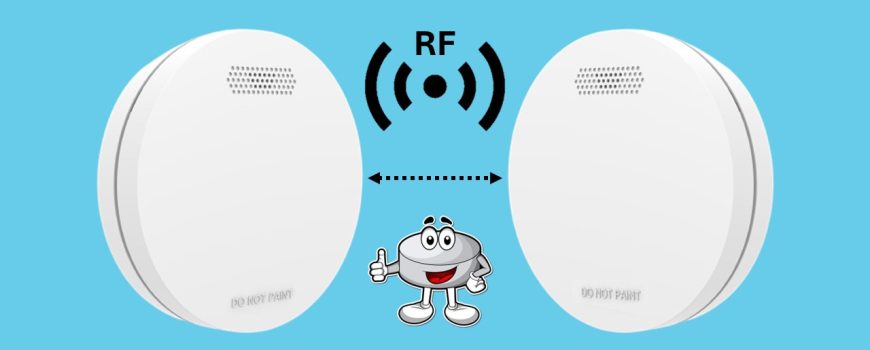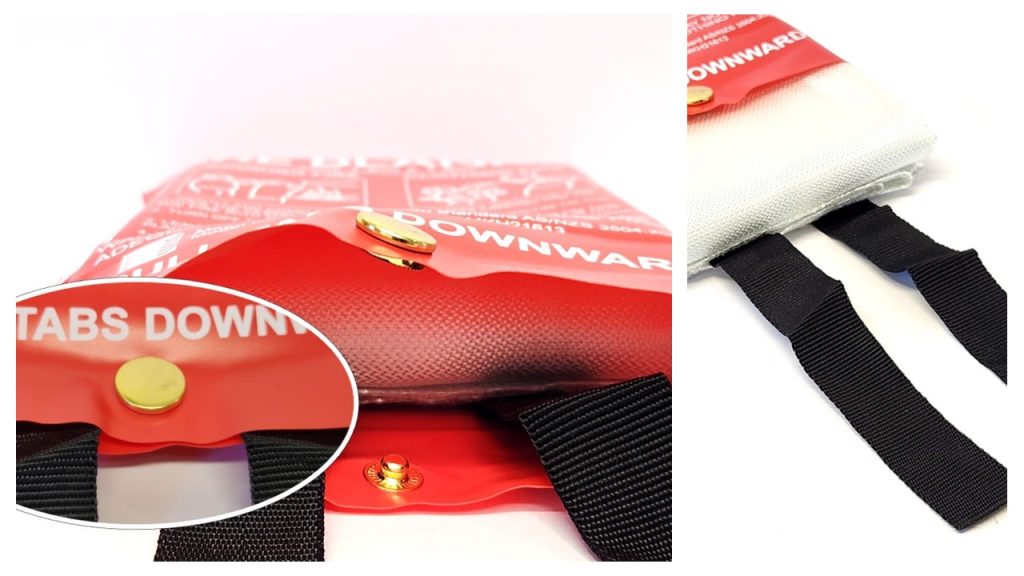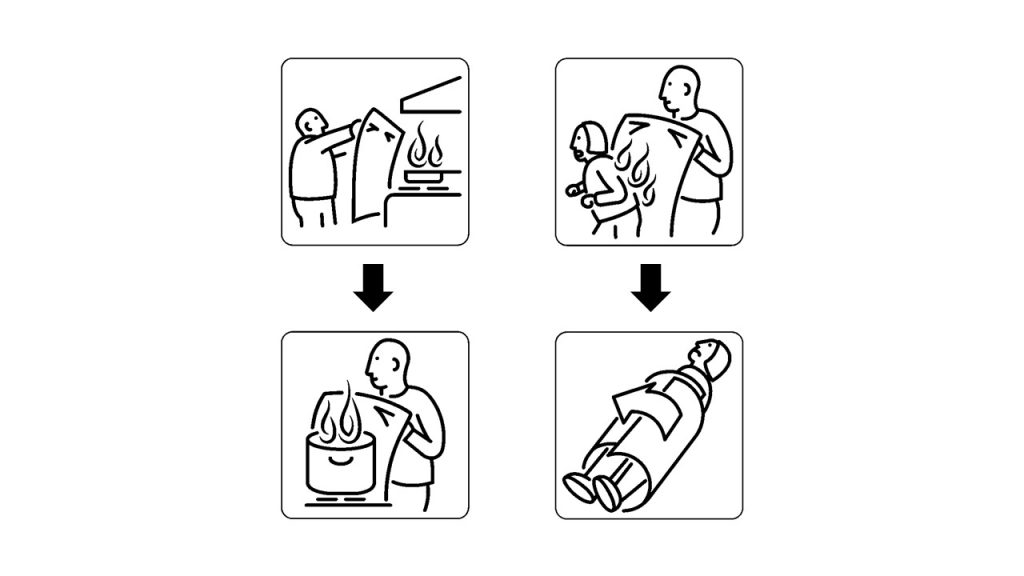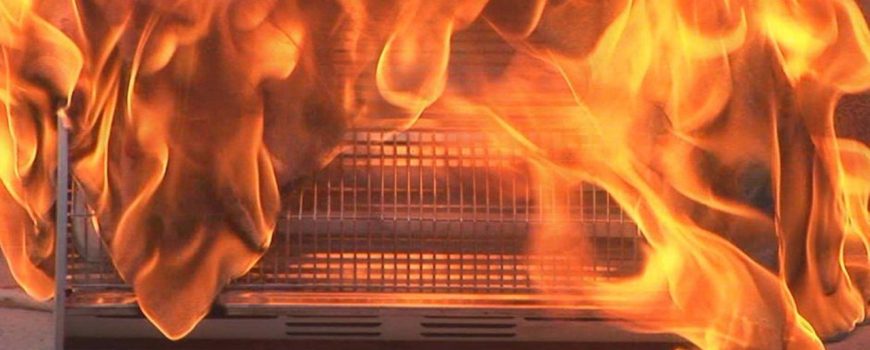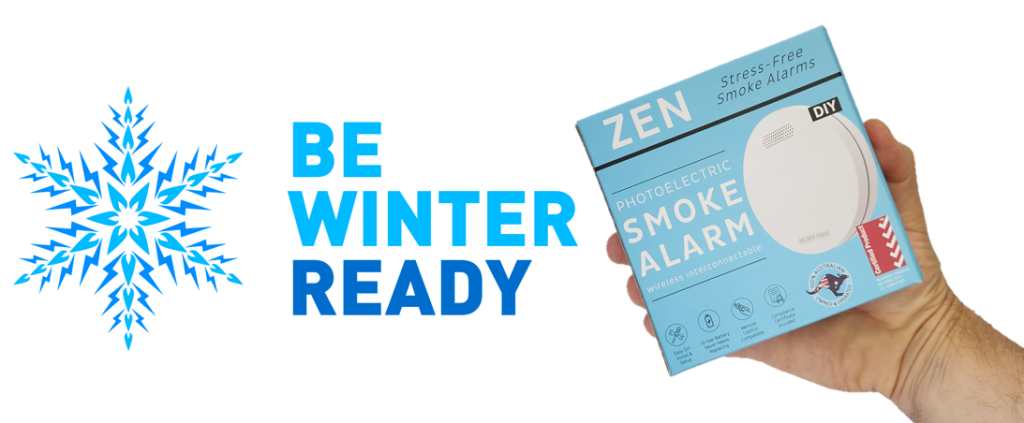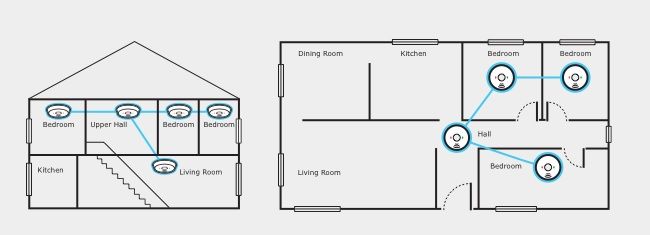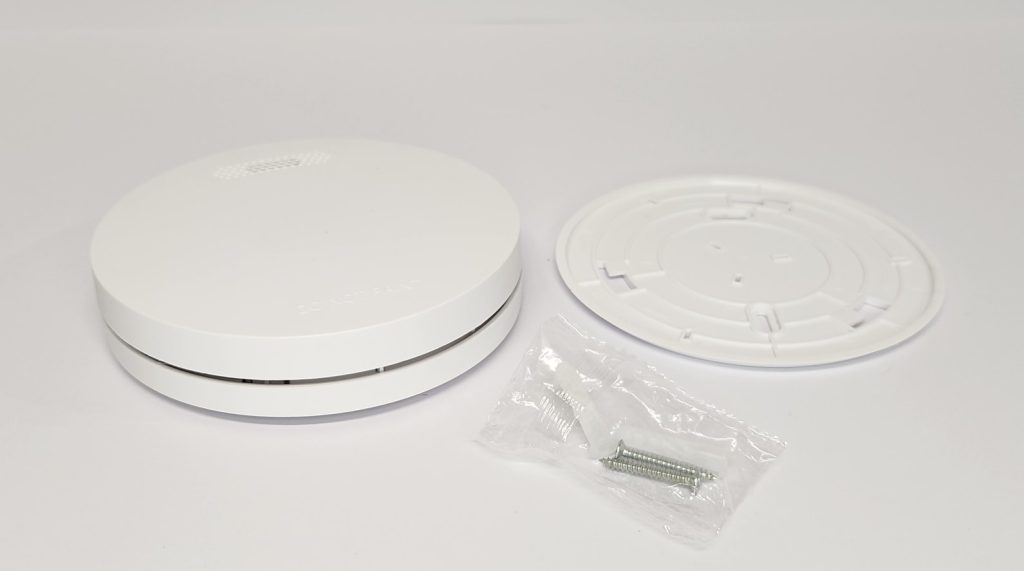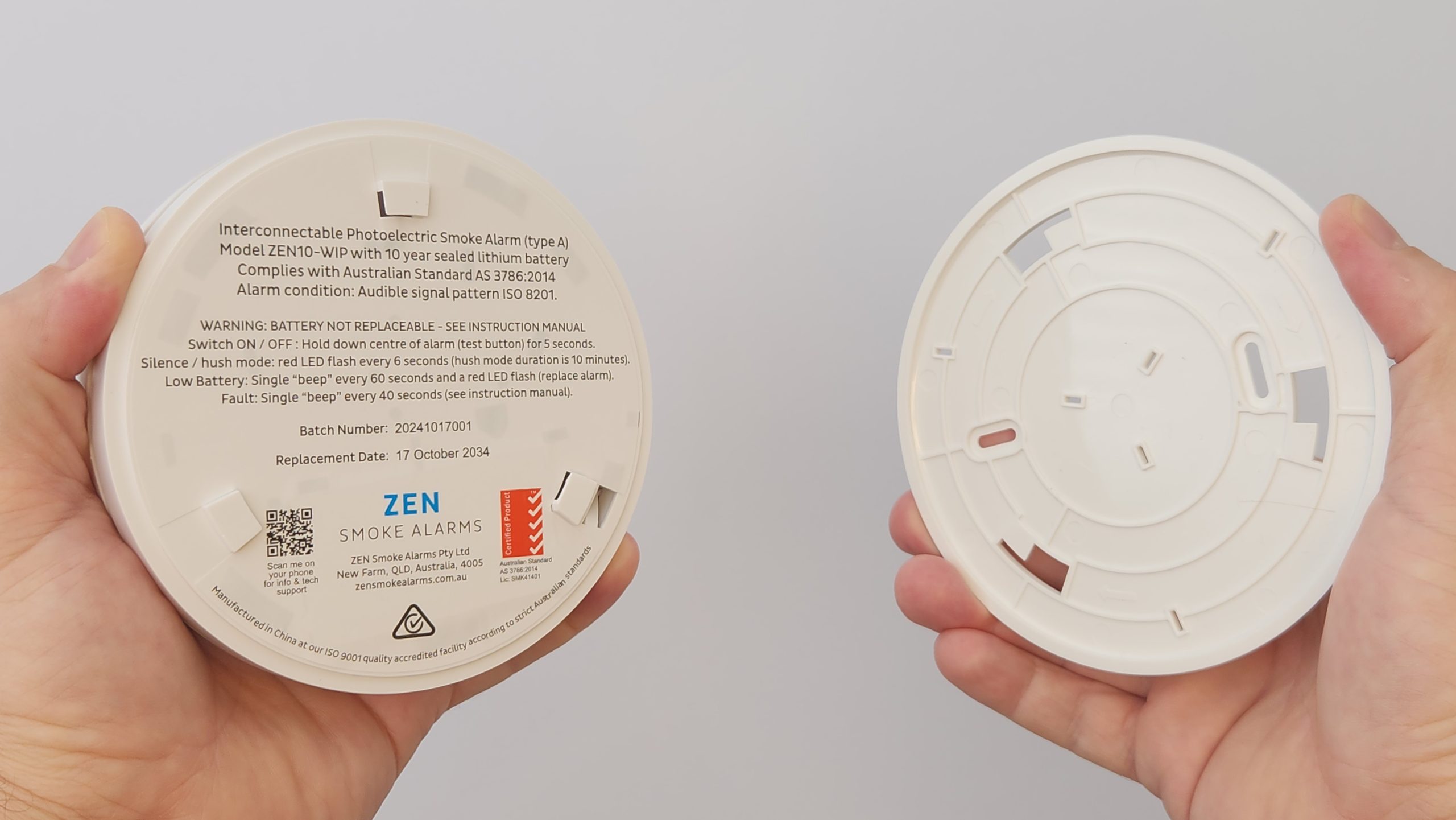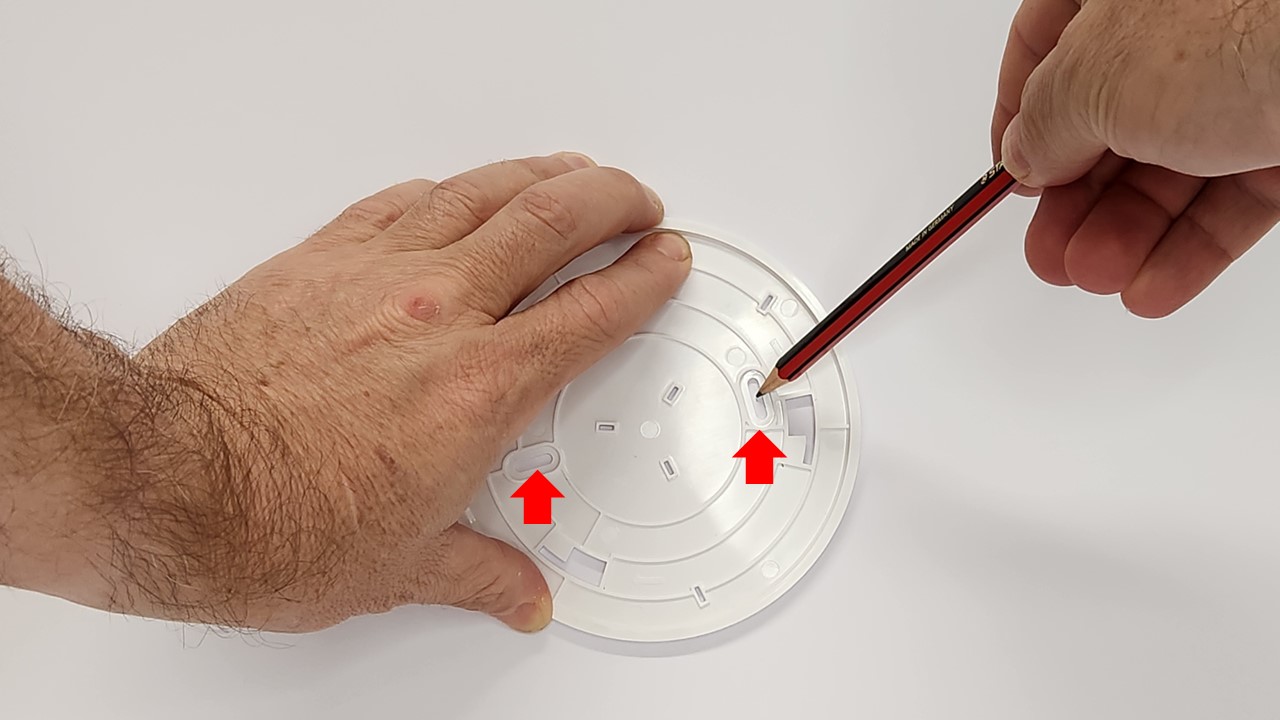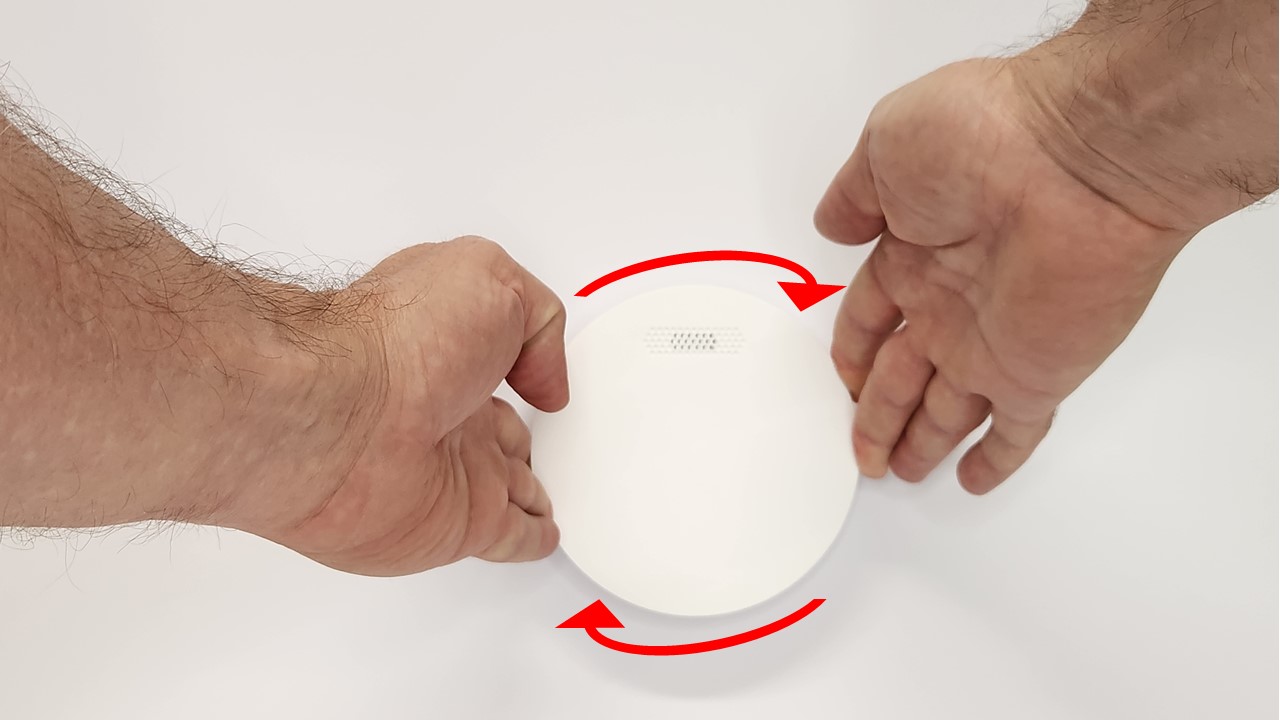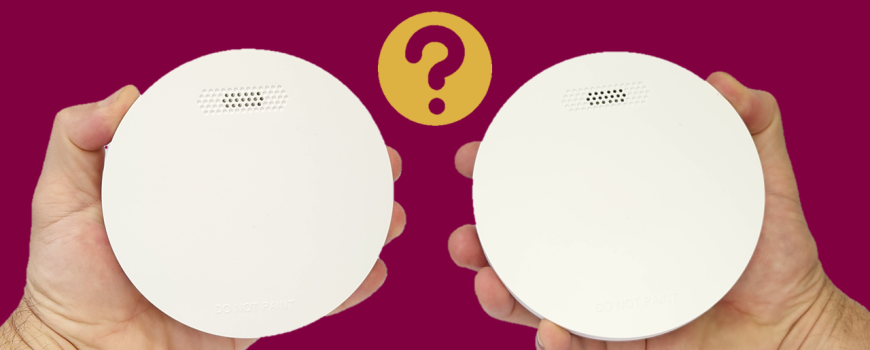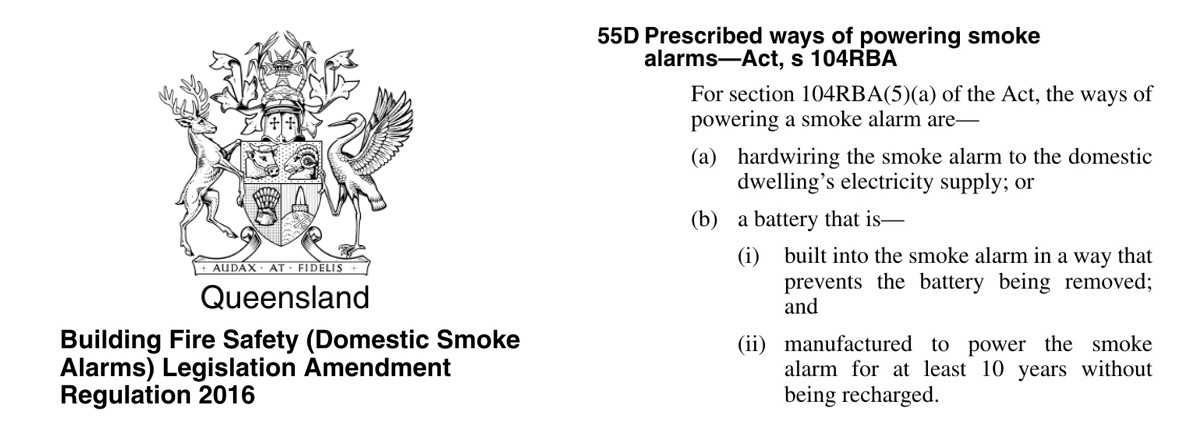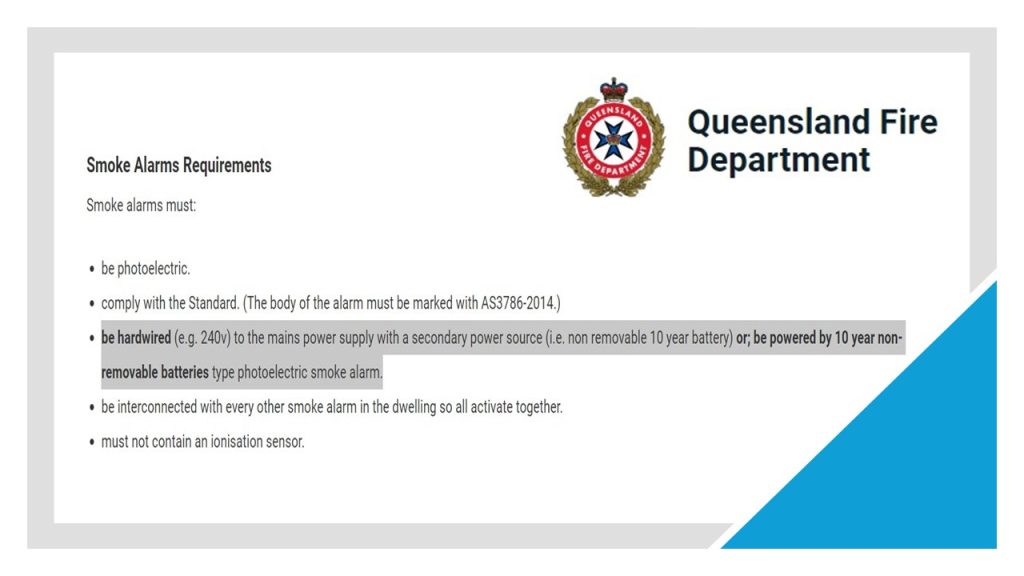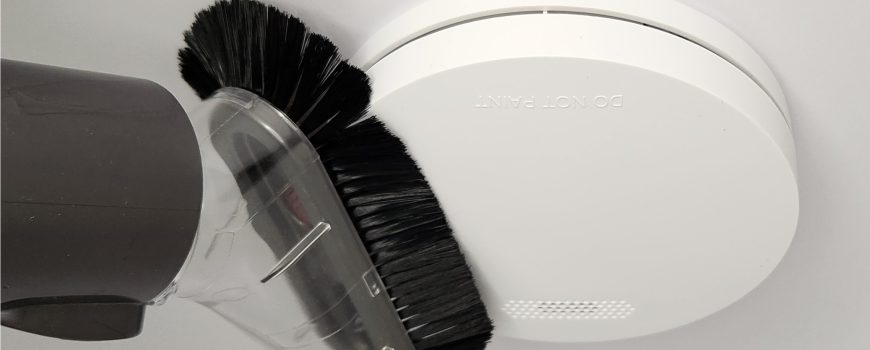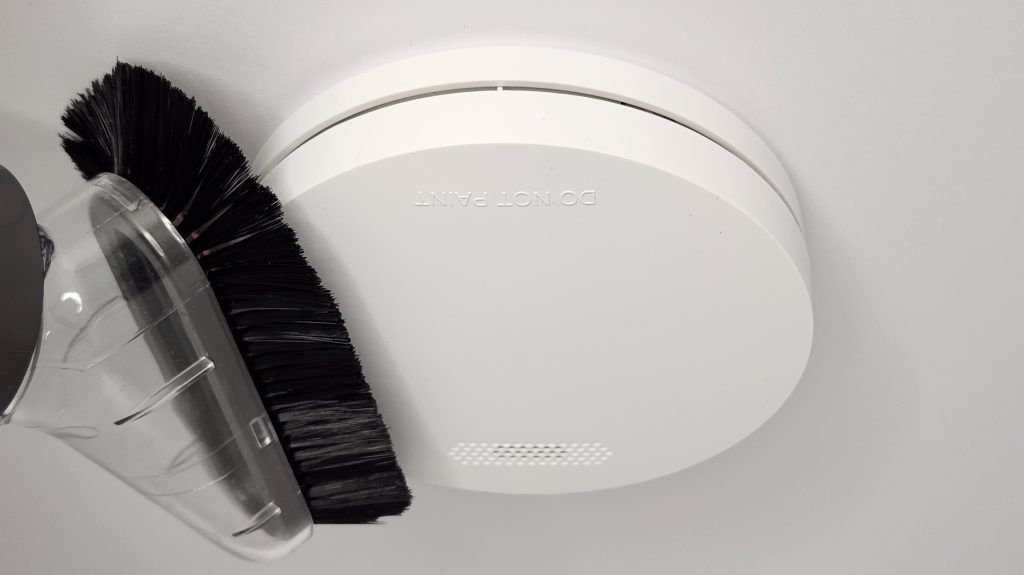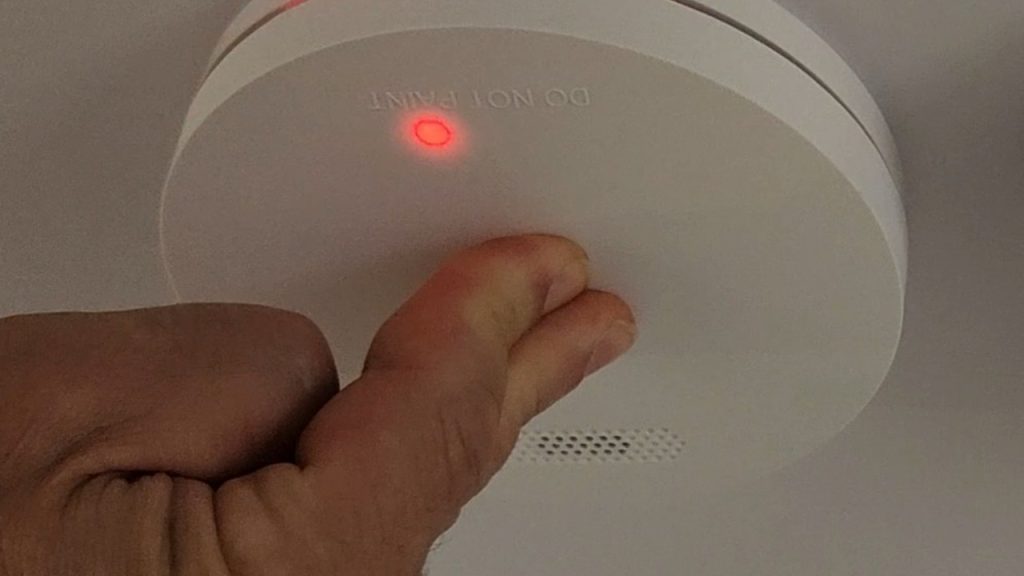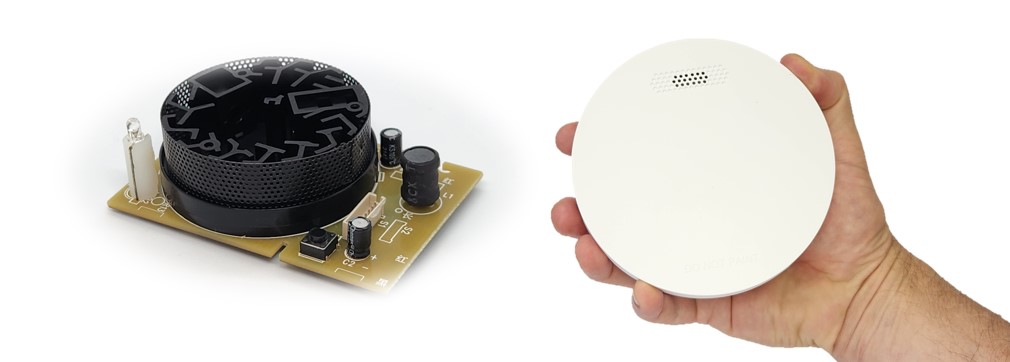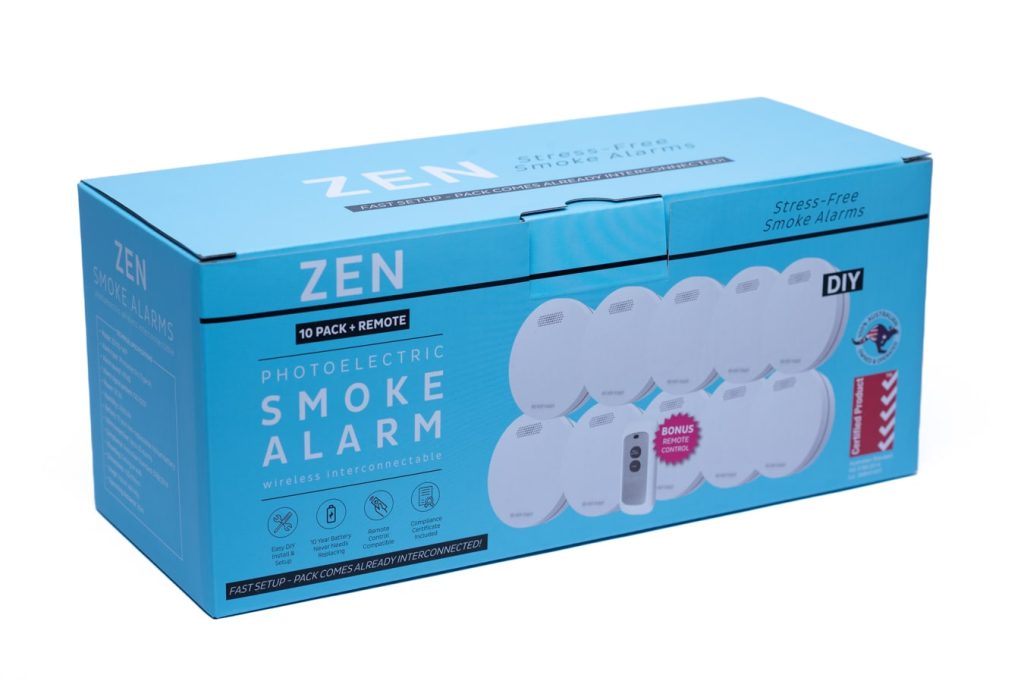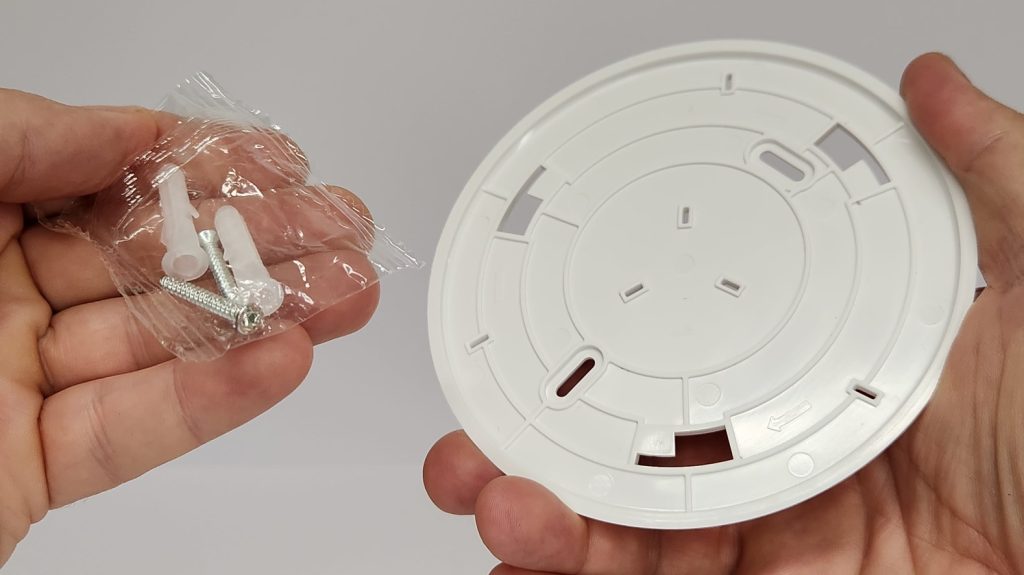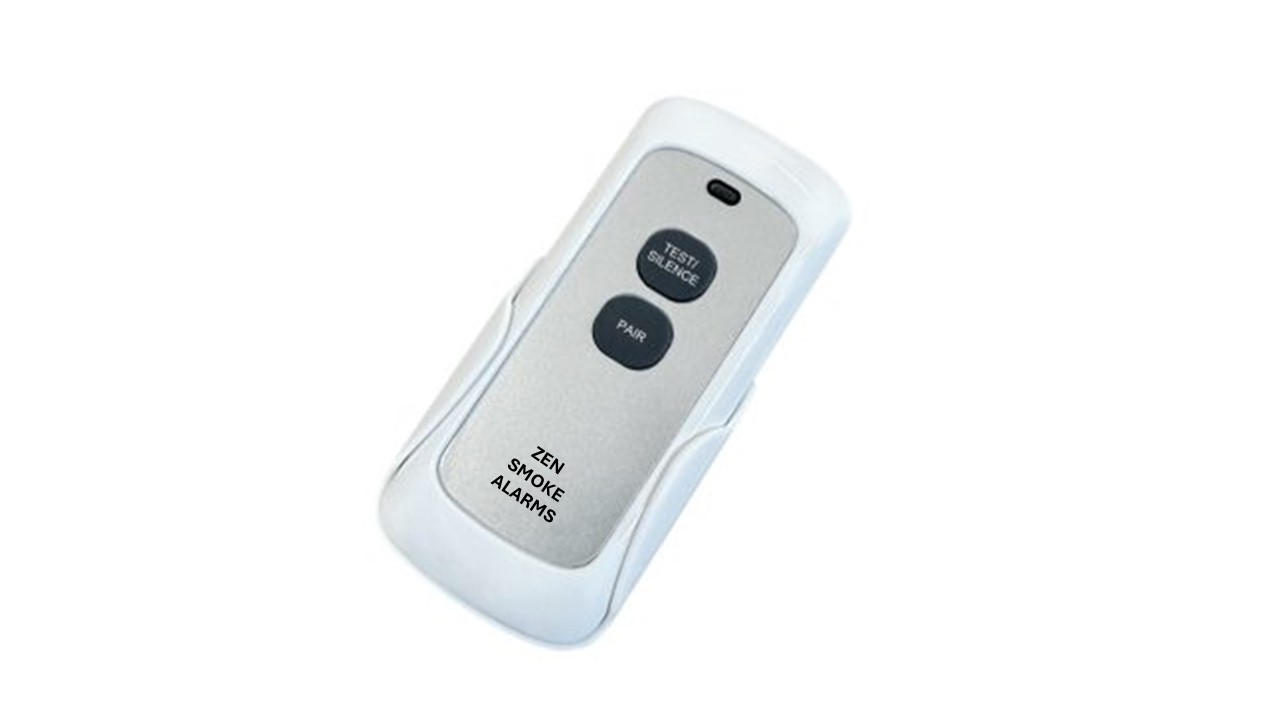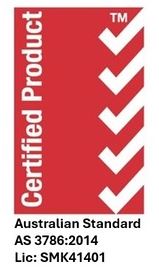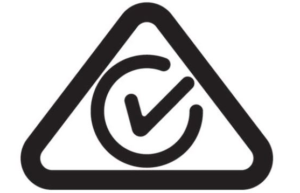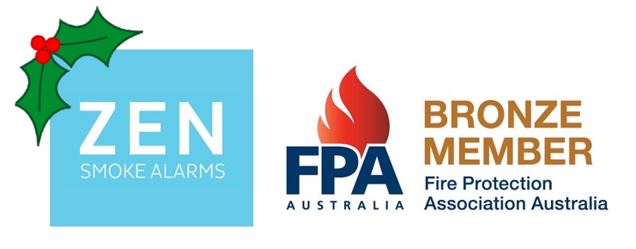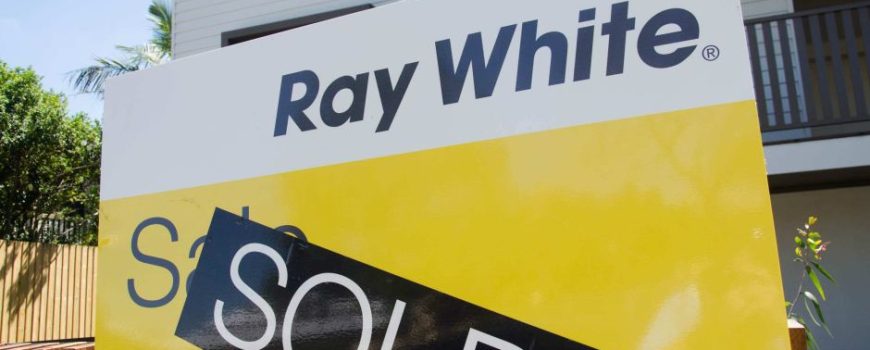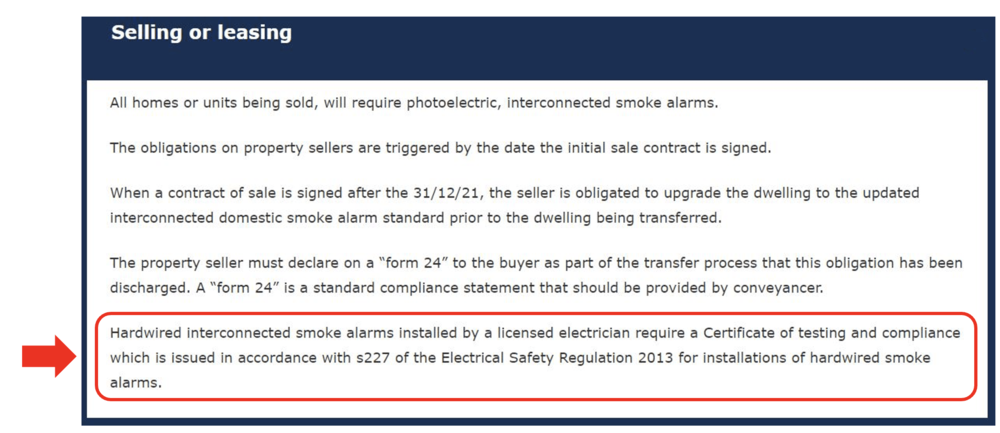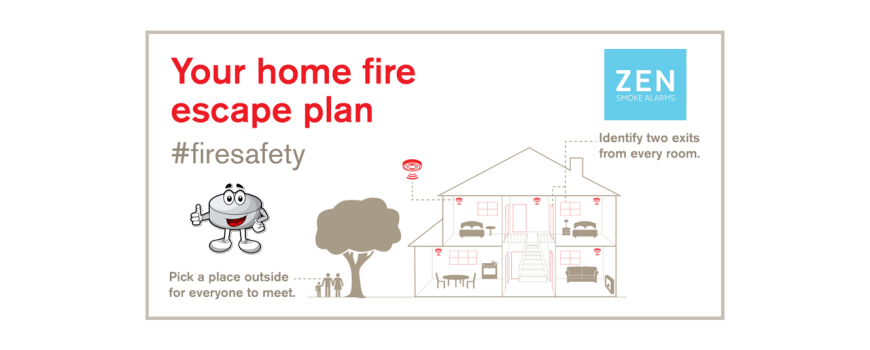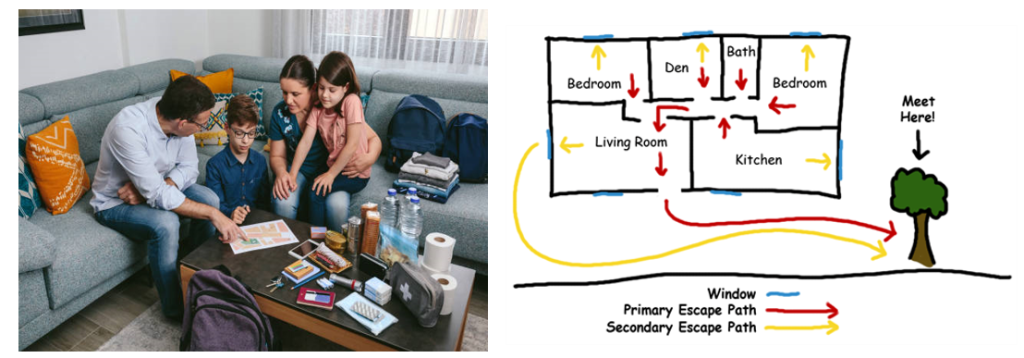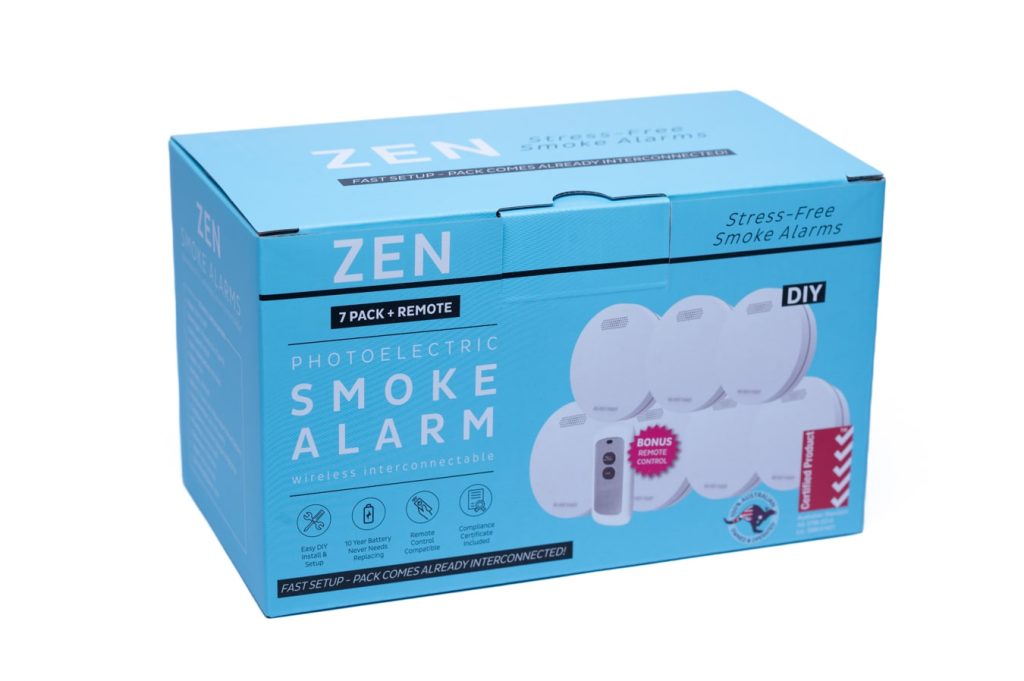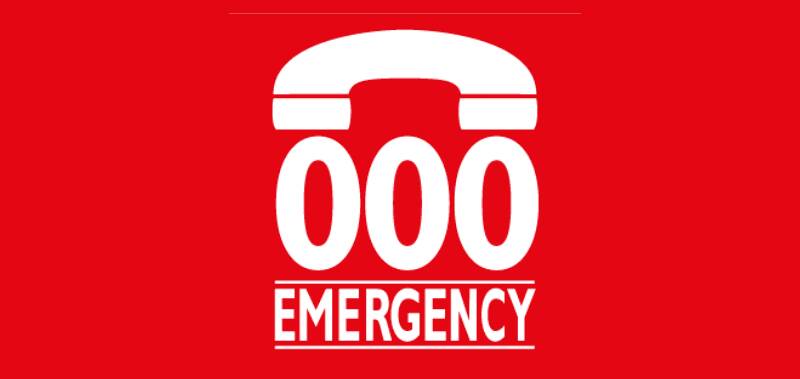ZEN Smoke Alarms are the best interconnected smoke alarms QLD has to offer – they are a real game-changer in terms of fire safety, offering affordable, faster, and more reliable protection for homes across the state. With new Queensland legislation requiring interconnected smoke alarms in all dwellings by 2027, it’s important to stay informed about these life-saving devices. Whether you’re a homeowner, landlord, or renter, upgrading to interconnected smoke alarms QLD ensures compliance with the law while providing the best defence against house fires.
These alarms work together—when one detects smoke, all sound—giving you and your family extra time to escape. Read our interconnected smoke alarms FAQ at the end of this article for expert answers!

Interconnected smoke alarms QLD fire safety campaign – plan to survive!
Why Installing Interconnected Smoke Alarms QLD-Wide Matters?
Imagine a fire starting in a remote part of your home, like the garage or a downstairs laundry, whilst you are fast asleep upstairs in the second floor bedroom. Speed is everything in a fire emergency – a fire can double in size every 30 seconds, so every second counts. Without interconnected smoke alarms, you might not hear the alert until the fire has spread significantly.
Interconnected smoke detectors are linked so that when one detects smoke, they all sound the alarm simultaneously – you’re not relying on just one device to protect your entire household. This interconnected smoke alarm system ensures that no matter where the fire starts, everyone is alerted immediately – it provides occupants with a crucial time advantage to either escape or respond to the fire situation
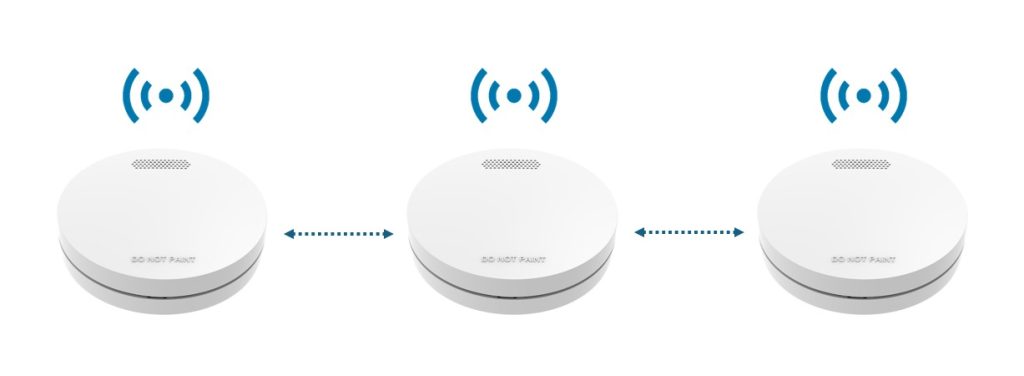
Interconnected Smoke Alarms QLD Legal Requirement
A Lawful And Sensible Choice
Interconnected smoke alarms are strongly recommended by every state fire department within Australia. Queensland, however, is the first state to make interconnected smoke detectors not only a ‘recommendation’ – but a compulsory legal requirement for ALL home types and situations. Queensland’s strict new fire safety laws make it mandatory for all homes to have interconnected smoke alarms by 2027, but this isn’t just a legal hoop to jump through – it’s about ensuring the best possible protection for your family.
The early detection and widespread alert provided by interconnected smoke alarm systems have been proven to save lives, particularly in multi-level homes or properties with hard-to-hear areas like granny flats or detached garages. ZEN are the best interconnected smoke alarms QLD has to offer and are designed to activate simultaneously—meaning if a fire starts in one room, every alarm in the house will sound. This significantly increases the time available to escape safely.
By upgrading to the highest-quality interconnected smoke alarms QLD has to offer, such as ZEN’s 10-year battery powered wireless models, you’re not only ensuring compliance with the law but also investing in cutting-edge technology that protects your home and loved ones around the clock.
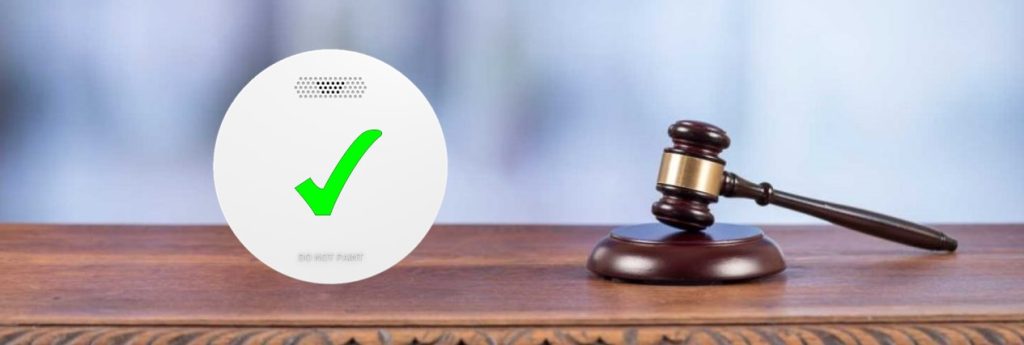
interconnected smoke alarms QLD and the law
Interconnected Smoke Alarms Are
Easy To Install And Easy To Maintain
You might think that installing a network of interconnected smoke alarms sounds complicated, but modern technology has made it easier than ever. interconnected smoke alarms can be wireless, meaning you don’t have to deal with complicated electrical wiring, invasive installation procedures or major renovations to meet the new standards. Wirelessly interconnected battery-operated models offer a simple DIY solution for older homes or rental properties.
ZEN Interconnected Smoke Alarms are designed to be straight-forward and low maintenance, with long-lasting 10-year batteries and an optional remote control for easy smoke alarm testing and silencing. ZEN Smoke Alarm bundle packs (5 / 7 / 10 packs) will even arrive to you already wirelessly interconnected together – it’s one less thing you have to do after you receive them and makes smoke alarm installation even easier. How good is that!

ZEN Smoke Alarm bundle packs arrive to you already interconnected – we do the hard part for you!
Take advantage of ZEN interconnected smoke alarms QLD-wide free delivery!
ZEN Interconnected Smoke Alarms QLD Offer Peace Of Mind
At the end of the day, perhaps the biggest benefit of installing interconnected smoke alarms QLD-wide is the peace of mind they offer. Knowing that your home is equipped with the best possible early warning system allows you to sleep easier, live more comfortably, and enjoy your home with the confidence that you’ve taken the right steps to protect what matters most – your loved ones.
So, if you haven’t already made the switch, now is the time. It’s not just about compliance—it’s about making sure your home is as safe as it can be. Plus, with advancements in technology, modern interconnected smoke alarms QLD-wide are wireless, easy to install, and require minimal maintenance. Investing in high-quality alarms like ZEN’s ensures superior protection and long-term savings, giving you one less thing to worry about.
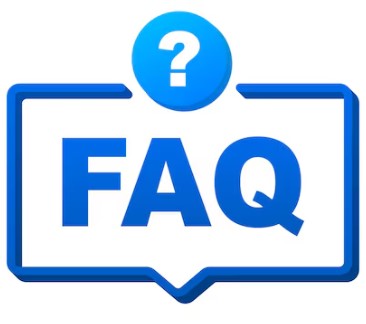
Interconnected Smoke Alarms QLD – Common Questions
Below are answers to some of the most commonly asked interconnected fire alarm questions. Read on!
Do interconnected smoke alarms need to be hardwired?
No they don’t. ‘Hardwired’ refers to how a smoke alarm receives its power and not the method for interconnecting the smoke alarm (i.e. 240V hardwired vs 10 year battery powered). Australia’s National Construction Code and state legislation do not prescribe how a smoke alarm must be ‘interconnected’.
Do interconnected smoke alarms require wifi or internet to function?
ZEN Smoke Alarms have a radio frequency (RF) transmitter inbuilt into each alarm – that is how our interconnected smoke alarms communicate with one another – no internet or home wifi required!
What is the range / distance of interconnected smoke alarms?
ZEN interconnected smoke alarms can operate in a 100m free-field range provided the alarms are not greater than 30m apart from one another. This is a huge distance and more than ample coverage for the average Australian home.
I have a multi-storey house with solid concrete walls and ceilings –
will the interconnected smoke alarms still work?
This is not an issue with ZEN interconnected smoke alarms (we can’t speak for other brands though). Our interconnected smoke alarms are designed to function throughout large size multi-storey properties – upstairs, downstairs, inside and throughout the entire building with solid concrete walls, ceilings, floors etc. it is not a problem. Just another reason why ZEN are the best interconnected smoke alarms QLD has to offer!
Can interconnected smoke alarms QLD-wide be triggered in neighbouring properties?
No, it is not possible to accidentally activate or trigger the interconnected smoke alarms in your neighbours house (and vice versa) – imagine the chaos occurring with interconnected smoke alarms QLD-wide if this were the case! All alarms in one group are paired with a ‘master’ alarm, which is distinct from a ‘master’ alarm in any other group.
Will interconnected smoke alarms be affected by other appliances?
Our smoke alarms cannot be affected by other household RF devices (i.e. wireless smoke alarms situated in neighbouring properties) as the technology is purposely designed to eliminate any such interference during the unique network pairing process.
TV or A/C remote controls do not interfere with our interconnected smoke alarms either as they typically use different technology (infrared IR vs radio frequency RF).
Can I split up a ZEN Smoke Alarm bundle pack and use in separate properties?
Yes, absolutely! Whilst ZEN bundle packs arrive to you already pre-interconnected as one group, alarms in a bundle pack can still be split up. For example, you may prefer to split a 10-pack smoke alarm bundle into two separate groups by having 5 alarms in one property and 5 in another property (each group functioning independently of the other). You can even purchase extra ZEN alarms to add into a bundle pack group and make it bigger. It’s fully flexible and up to you to decide. Configuring a new smoke alarm group takes less than 2 minutes – our ZEN Quick-Start video shows how!
How do I tell if my smoke alarms are interconnected?
It is not possible to tell if smoke alarms are interconnected simply by looking at them. There is one certain way to find out if smoke alarms are interconnected though, and that is by testing them. Press the test button once on any smoke alarm in the group (or use the optional remote control), and if they are interconnected then all smoke alarms should activate their audible alarm and flashing red LED, usually within about 5 seconds of the first one starting.
How do I stop my interconnected smoke detectors going off?
As per Australian Standard 3786:2014, all ZEN interconnected smoke alarms will activate their audible alarm when smoke is detected by any one alarm in the group, however, only the source alarm detecting the real smoke will also flash its visual red LED – this allows you to quickly identify which room the fire may be located in.
Additionally, if all ZEN interconnected smoke alarms are going off, pressing the silence button on any alarm in the group (or by using the remote control) will silence them, except for the one source alarm which is detecting the real smoke, again allowing you to instantly identify which room or area where the problem is located. Pressing the silence button a second time will then silence all interconnected smoke detectors in the group. Easy.

Want to know more? Watch our ZEN Smoke Alarm YouTube channel or call us on 0478 596 402 today
We love talking smoke alarms!
ZEN Interconnected Smoke Alarms
New Farm, QLD, 4005

